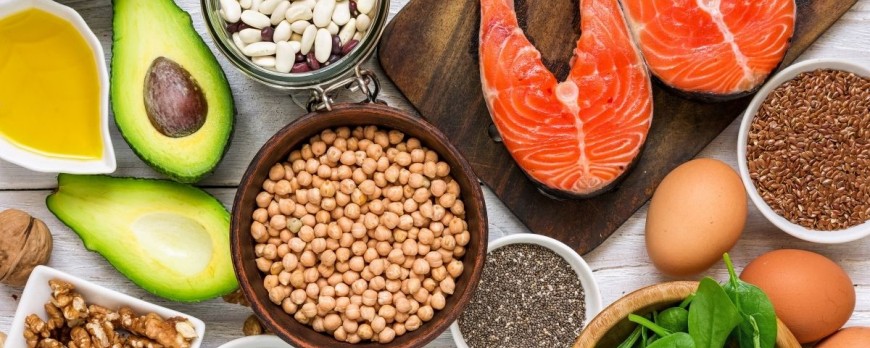Animal protein or plant protein?
To start, let's go back to basics:
Proteins are made up of amino acids. Among these amino acids (around 250), only eight cannot be synthesized by our body and must come from our diet: the essential amino acids.
When we consume meat, fish or eggs, there is little risk of deficiencies since they contain the eight essential amino acids that are leucine, isoleucine, lysine, methionine, phenylalanine, threonine, tryptophan and valine.
On the other hand, when you are vegetarian or vegan, it is important to combine cereals and legumes in the same meal to ensure a balanced intake of essential amino acids. Cereal proteins are low in lysine and legume proteins are low in methionine. This is why it is important to rely on a good combination of cereals and legumes when you want to avoid animal proteins.
People who consume little meat traditionally combine cereals and legumes in their dishes; they did it intuitively even before we knew about these essential amino acids!
In Asia, rice is often paired with soy (legume); in South America, red beans (legume) are eaten with corn (cereal) or cassava; in the Middle East and North Africa, rice (cereal) and lentils (legume) are often combined, or wheat (cereal) and chickpeas (legume) or hummus with pita bread.
In terms of chrono-nutrition, we will favor plant proteins in the evening, often more digestible and more conducive to a good sleep. As for animal proteins, it would be advantageous to consume them in the first part of the day to positively impact the activating neurotransmitters of the brain such as dopamine and noradrenaline.




